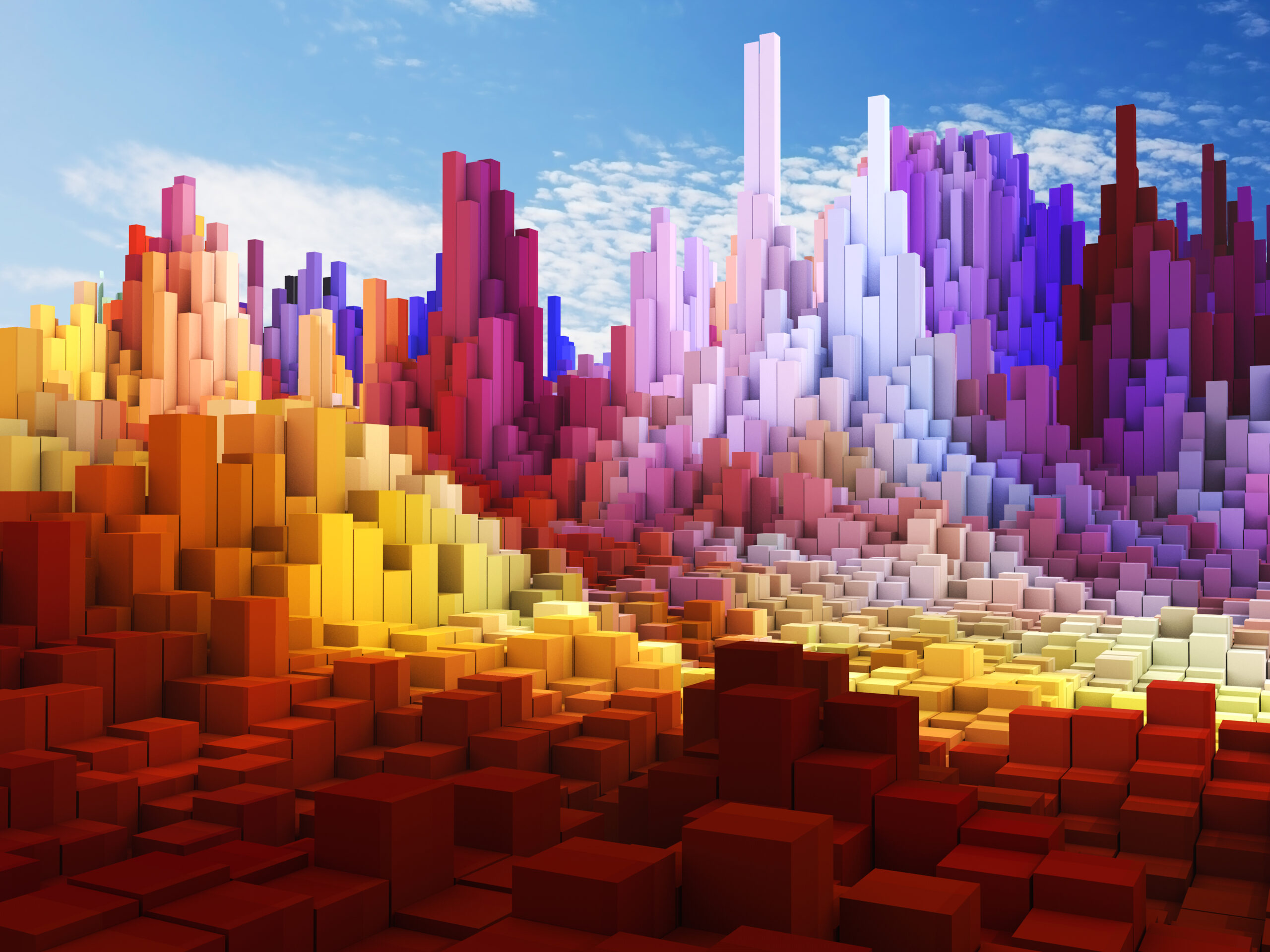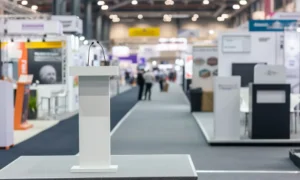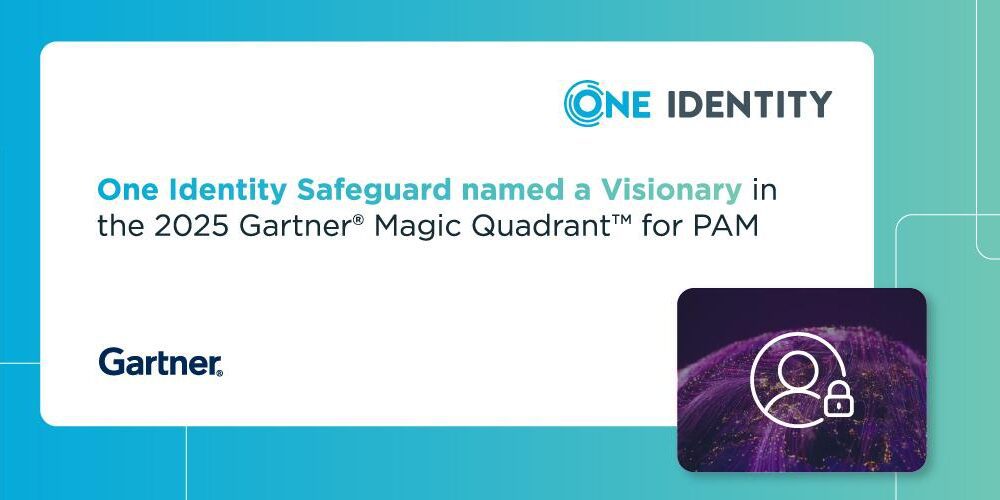A Modern Love Affair with Tiny Squares
There’s something poetic about pixel art, a medium that began from technical limitation and somehow became a cultural statement. In an age where hyper-realistic graphics dominate games and films, the pixel remains defiantly minimal, unapologetically simple, and, somehow, endlessly expressive.
If you’ve ever opened a pixel art maker like the one on FileReadyNow.com, you’ve felt that spark. A blank grid turns into a tiny world. You start placing colors, experimenting with patterns, and suddenly, there it is a character, a building, a whole little universe made of squares. It’s oddly grounding, even meditative.
But the real question is: why does pixel art still matter so much today? Why are creators, gamers, and digital artists across generations still drawn to it?
Let’s unpack that.
1. The Art of Limitations
Pixel art began in the early days of computing when hardware couldn’t handle detailed visuals. Artists worked with what they had, a handful of pixels, and made magic happen. Each pixel carried purpose. Every color choice was deliberate.
And that’s what gives pixel art its soul.
When you create something inside strict boundaries, creativity sharpens. It’s not about adding more; it’s about making every choice count. In many ways, it’s the visual equivalent of haiku, compact, deliberate, and deeply expressive in its simplicity.
That discipline is why games like Minecraft exploded in popularity. The blocky visuals aren’t a weakness, they’re the foundation of its charm. Minecraft’s world doesn’t try to be realistic; it invites you to fill in the gaps with imagination. The same principle makes pixel art endlessly appealing: it hands the viewer part of the creative process.
2. Nostalgia with Purpose
Let’s be honest, nostalgia plays a role. For many, pixel art is a visual time machine. It brings back memories of glowing CRT screens, clunky joysticks, and that sense of wonder from discovering your first digital adventure.
But nostalgia alone can’t explain its longevity. Pixel art has evolved far beyond 8-bit gaming. It’s become an aesthetic choice, one that bridges the old and the new. Indie games like Celeste, Stardew Valley, and Undertale use pixel art not just for style, but storytelling. The limited palette forces emotional precision; every scene, every sprite feels personal.
Even in modern metaverse platforms, pixel art remains iconic. It’s instantly recognizable, endlessly adaptable, and deeply human in a space increasingly dominated by photorealism.
3. Accessibility: Creativity for Everyone
There’s also something profoundly democratic about pixel art. You don’t need expensive hardware or years of training. With a simple pixel art creator, anyone can jump in, start experimenting, and learn by doing.
It’s art without gatekeeping.
That accessibility has sparked a global wave of creators, from kids sketching characters after school to designers building full game worlds or NFT collections. Pixel art encourages play, and play is where creativity often begins.
And unlike most modern design tools, pixel art keeps things tangible. You see every pixel you place. You feel every decision. It reminds you that creativity doesn’t have to be complicated, it just has to be honest.
4. The Digital Bridge to the Metaverse
Now we’re stepping into something even bigger, the metaverse. A place where people build digital lives, own virtual assets, and create worlds that exist entirely online.
Here’s the fascinating twist: pixel art fits perfectly.
Why? Because it’s lightweight, modular, and symbolic. It doesn’t pretend to be real; it creates its own kind of reality. Pixel-based assets can be scaled, shared, and transformed easily across platforms. Think voxel environments, avatars, wearable NFTs, they all borrow from the same minimalist DNA.
In an era of infinite digital space, clarity matters. Pixel art’s clean geometry and bold simplicity make it readable, adaptable, and emotionally resonant. It’s no surprise that many metaverse creators use pixel art ideas to design spaces that feel both nostalgic and futuristic.
5. The Emotional Logic of Pixels
Here’s something people rarely talk about: pixel art feels human.
Behind every pixel is a choice, a human touch. You can sense the hand of the artist, even when the art itself is digital. That’s what makes it enduring in a world flooded with generative visuals and machine-perfect images. Pixel art still feels handcrafted.
It’s not trying to impress with realism. It’s trying to connect through clarity.
And maybe that’s the secret. In a time where technology can simulate almost anything, the things that feel imperfect, the things that reveal the artist’s intent, stand out more than ever.
6. The Future Is Still Pixelated
So, is pixel art just a nostalgic relic? Not even close. It’s evolving, thriving, and quietly influencing every corner of digital culture. From indie games to metaverse spaces, from collectible NFTs to minimalist branding, the humble pixel continues to define what “digital creativity” really means.
Because in the end, pixels aren’t about the past. They’re about potential.
Pixel art reminds us that creativity doesn’t depend on perfection, it depends on intention. Whether you’re building a blocky castle in Minecraft or designing your next digital masterpiece, the lesson is the same: beauty often begins with constraints.
And maybe that’s why, after decades of technological leaps, we still keep coming back to those tiny squares. They remind us that imagination is infinite, even when it’s made one pixel at a time.





























